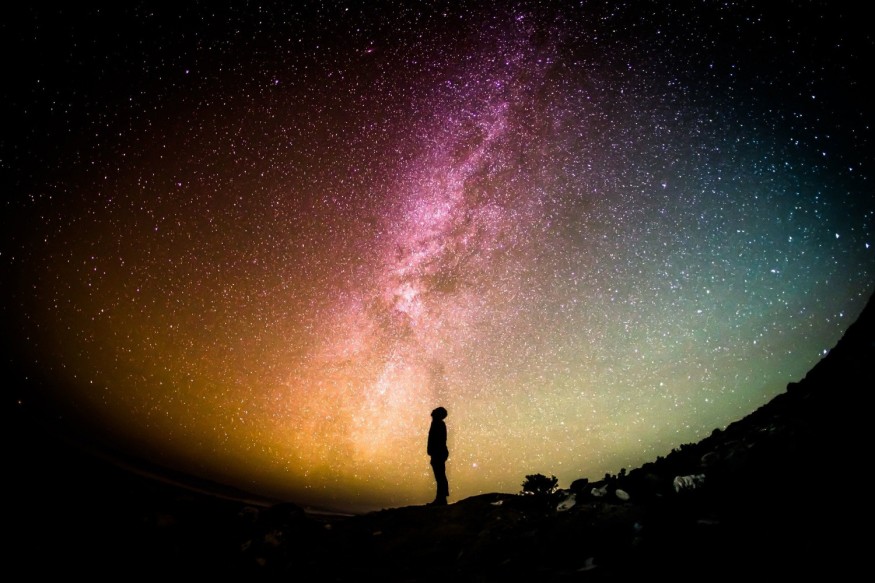In 2005, a pair of scientists said that the first thing to do to learn about the universe is by studying its background radiation. Up to now, there are messages which are left-over from when light was first able to pass freely across space.
However, experts now claim that these unusual messages are 'absolutely meaningless' after decoding the temperature shifts into a binary bitstream in the Cosmic Microwave Background (CMB).
Astrophysicist Michael Hippke of the Sonneberg Observatory and Breakthrough Listen detailed his research and the results have been submitted (and has thus yet to be peer-reviewed) to pre-print website arXiv. The work contains the bitstream retrieved such that other interested parties can analyze it for themselves.

What are you trying to tell us, CMB?
An amazingly useful remnant of the early Universe is the interstellar microwave history. Since the Big Bang, said microwave history goes back to about 380,000 years. The Cosmos before was fully dark. invisible, and so hot and dense that atoms did not gain definite shape. Protons and electrons in the form of ionized plasma were spinning about.
In what we term the recombination period, these protons and electrons could fuse to create neutral hydrogen atoms as the Universe cooled and grew. Space became transparent, and for the first time, light could pass freely into it.
This first illumination, though quite softly, is still visible today, suffusing all known space. The CMB is that because the early Universe was not uniform. Differences in density today manifest in very small changes in the CMB temperature at the epoch of recombination.
Theoretical physicists Stephen Hsu of the University of Oregon and Anthony Zee of the University of California, Santa Barbara said that because of this ubiquity, proposed - purely scientifically - the CMB will make the ideal billboard on which to leave a message clear to all the Universe's technical civilizations.
"Our work does not support the Intelligent Design movement in any way whatsoever," they wrote in their 2006 paper, "but asks, and attempts to answer, the entirely scientific question of what the medium and message might be IF there was actually a message."
They hypothesized that in the temperature fluctuations in the CMB, a binary message could be encoded. This is what Hippke sought to discover - first by answering Hsu and Zee's arguments and then utilizing the knowledge to find a message.
There are, Hippke learned, some conflicts with these assertions. The first is that there is already cooling in the CMB. It began at around Kelvin 3,000; now, 13.4 billion years old, it's around Kelvin 2.7. If the world begins to mature, the CMB will become undetectable gradually. The CMB, according to experts, might take another 10 duodecillion years to fade.
"[Hsu and Zee's] assumptions were, first, that some superior Being created the Universe. Second, that the Creator actually wanted to notify us that the Universe was intentionally created," Hippke wrote.
CMB will never be the same
Putting this aside, in reference to Hsu and Zee's article, physicists discovered back in 2006 that it is highly impossible that the CMB will look precisely the same in the sky to multiple observers in separate places. Furthermore, Hippke claims, regardless of foreground pollution from the Milky Way, we can't see the whole CMB. And we just have to estimate one sky, which in any cosmological discovery we create poses an underlying statistical ambiguity.
Hippke predicts that the knowledge quality will be even smaller than that suggested by Hsu and Zee - only 1,000 bits - based on these restrictions. This provided him a clear context for the message's real quest.
Changing the principles would not change the condition, he realized. No compelling conclusions were returned by looking at the On-Line Encyclopedia of Integer Sequences, nor did the data move to estimate the eternal future.
Unfortunately, Hippke noticed "no meaningful, obvious message" in the specific bitsream. His observation remains uncertain, though, whether there is a Founder, whether we exist in a model, or whether the previous segment's message is correctly printed.
Whether or not either of these choices is the case, as wonderfully stated in a 2005 comment to Hsu and Zee, the CMB has a lot more to inform us.
"The CMB sky does encode a wealth of information about the structure of the cosmos and possibly about the nature of physics at the highest energy levels," wrote physicists Douglas Scott and James Zibin of the University of British Columbia.
The Universe, they said, has left us a message all on its own.
Check out more news and information on Space on Science Times.












